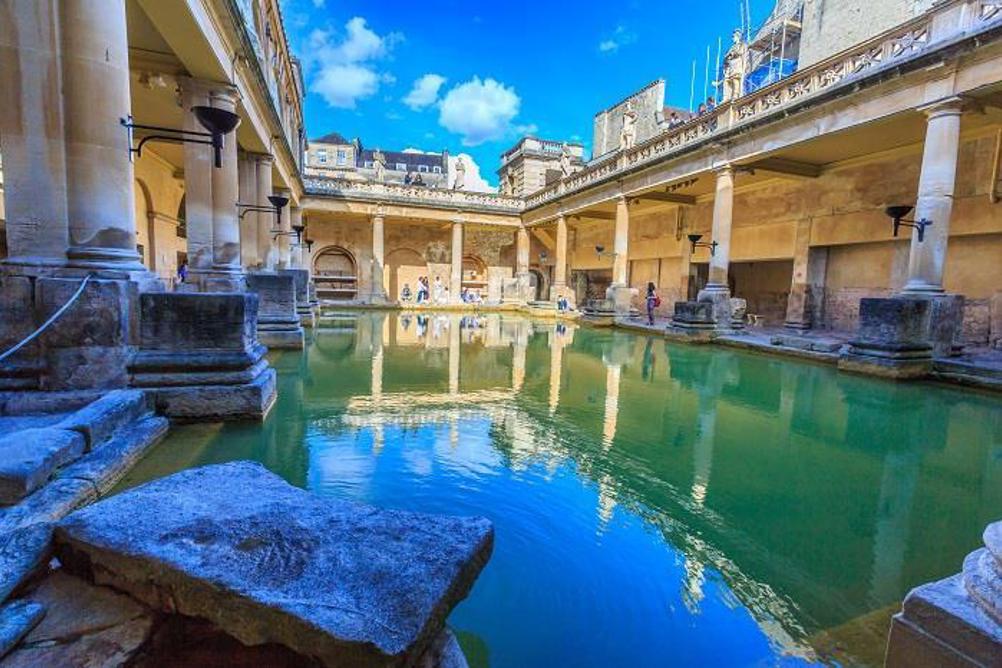
The research, published in the journal The Microbe, is the first to provide a detailed examination of the bacterial and archaeal communities found within the waters of the popular tourist attraction in the city of Bath.
Scientists collected samples of water, sediment and biofilm from locations within the Roman Baths complex, including the King’s Spring (where the waters reach around 45°C) and the Great Bath, where the temperatures are closer to 30°C.
The research was carried out by students and academics from the University of Plymouth’s School of Biomedical Sciences and School of Biological and Marine Sciences, working closely with staff at the Roman Baths.
Register now to continue reading
Thank you for visiting Dental Nursing and reading some of our resources. To read more, please register today. You’ll enjoy the following great benefits:
What's included
-
Up to 2 free articles per month
-
New content available
Already have an account? Sign in here
